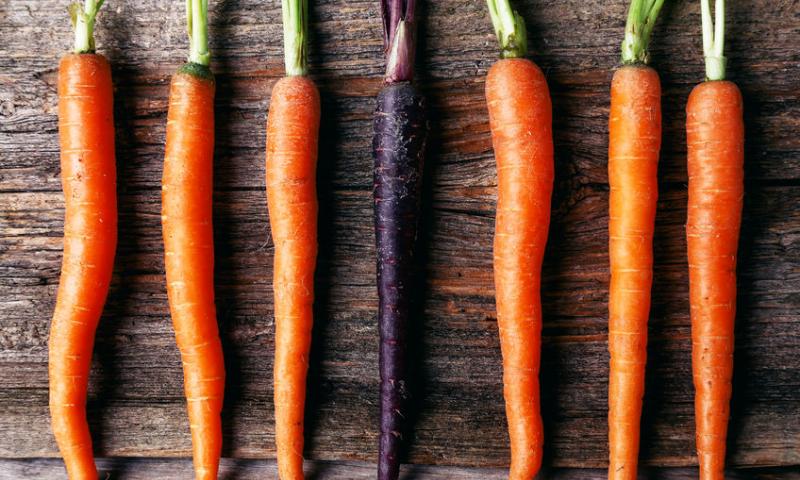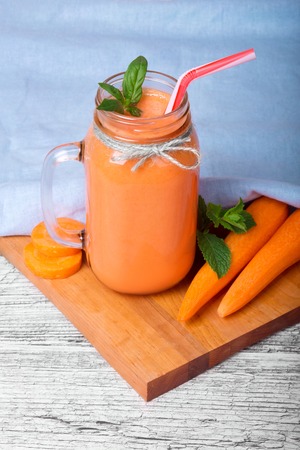 />
/>
Did you know that one carrot contains more than 100% of the recommended daily value for vitamin A. One medium carrot contains 25 calories and zero g of fat.
Latin Name: Daucus carota
Family: Apiaceae
Genus: Daucus
Common Names: wild carrot, bird's nest, bishop's lace, and Queen Anne's lace
Botanical information: wild carrot is a biennial, less often annual, herbaceous plant. The stem is straight, branched, especially the upper part, with a hei ght of 25 to 100 cm, covered with hairs. The leaves are triangular or ovate, dissected. The plant blooms in the form of inflorescences of white color. They look like large umbrellas with flowers at the end. Fruits consist of two halves with four ribs, they have an elliptical shape. The flowering time is June-July. Fruits ripen in August-September.
ght of 25 to 100 cm, covered with hairs. The leaves are triangular or ovate, dissected. The plant blooms in the form of inflorescences of white color. They look like large umbrellas with flowers at the end. Fruits consist of two halves with four ribs, they have an elliptical shape. The flowering time is June-July. Fruits ripen in August-September.
Wild carrots have a fleshy, vertical, spindle-shaped root of white or yellow color.
Similar in appearance to the deadly poison hemlock, D. carota is distinguished by a mix of tripinnate leaves, fine hairs on its solid green stems and on its leaves, a root that smells like carrots, and occasionally a single dark red flower in the center of the umbel.
Distribution Area: wild carrots is a fairly common plant, especially in the southern regions of Russia, in Ukraine, it is often found in Central and Western Asia, Europe, America, Africa, Australia, etc. Wild carrot is not a whimsical plant, it can often be seen along roads, forest glades, meadows, slopes, etc.
Parts used: leaves, roots, seeds
CHEMICAL COMPOSITION OF WILD CARROT
|
CHEMICAL STRUCTURE OF WILLD CARROT |
|
|
Fruits |
7.5% of essential oil, up to 20% fatty oil, flavone derivatives |
|
Roots |
Thiamin, carotene, ascorbic acid, pantothenic acid, riboflavin, flavonoids, phosphorus, iron, calcium salts, fatty oil, essential oil |
|
Seeds |
1.6% essential oil, fatty oil |
|
Flowers |
Flavonoids, kaempferol, quercetin, anthocyanin compounds |
CARROT EXTRACT (TINCTURE)
Take 100 grams of carrot seeds, grind in a coffee grinder, pour 500 ml of quality wine, and insist 3 weeks, shaking periodically. Strain, drink 50 ml 3 times a day.
You can take 1 gram of chopped seeds an hour before meals three times a day.
Carrot extract is high in vitamins A, E, and beta-carotene.
FACTS ABOUT CARROT
- If you ate too many carrots, you would turn orange.
- Carrots used to be purple, not orange.
- The carrot is in the top 10 of most economically important global vegetable crops.
“Why is a carrot more orange than an orange?”
Steven Wright
*This article is for informational purposes only. We suggest consulting with a physician before using these or any other herbal supplements.
